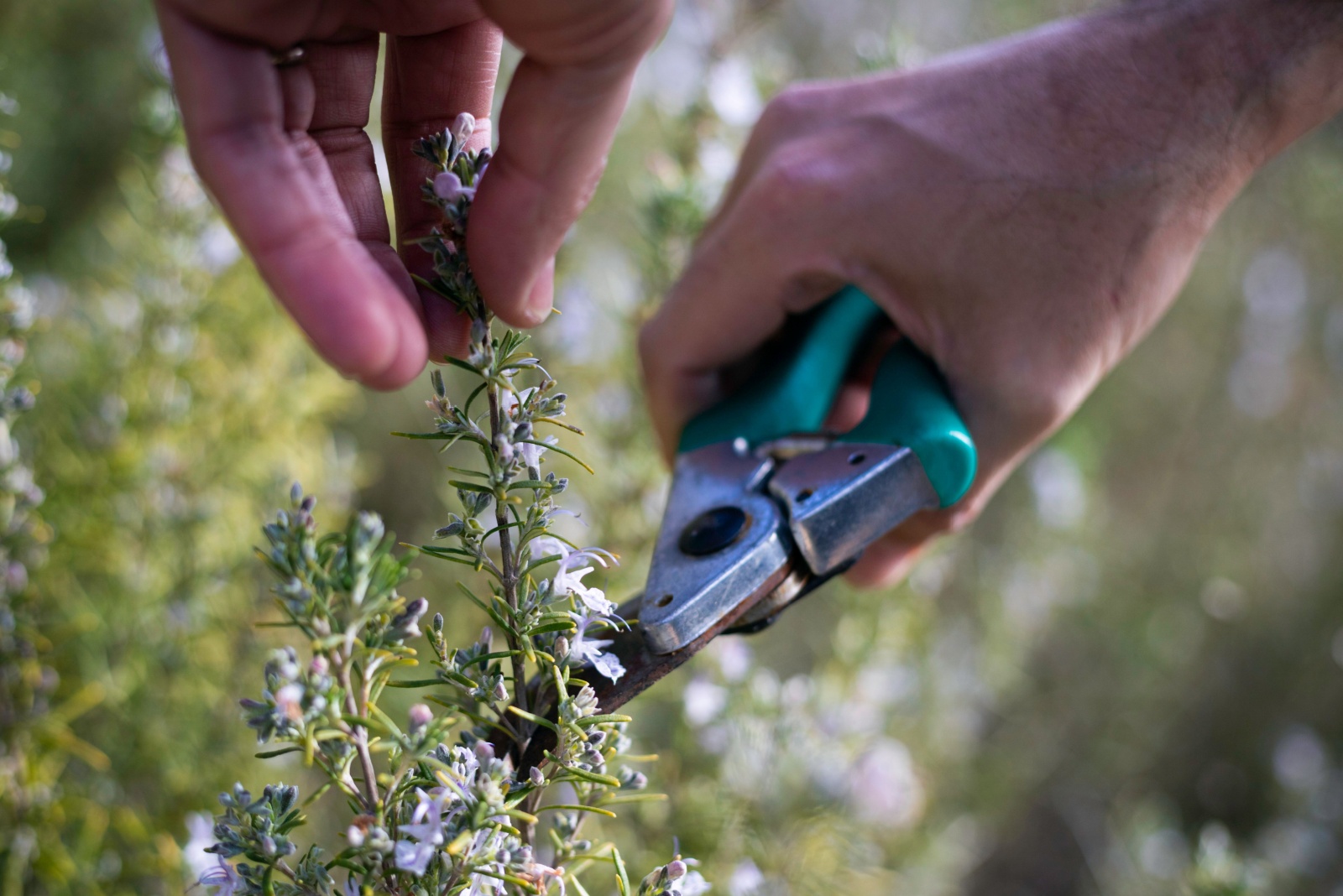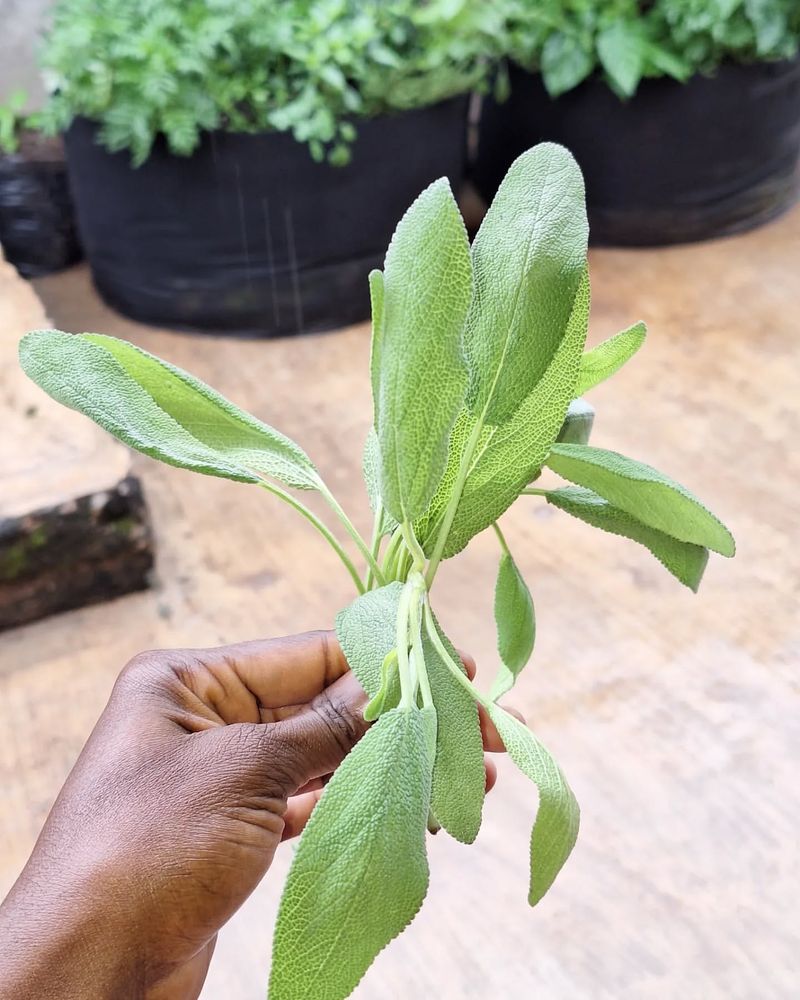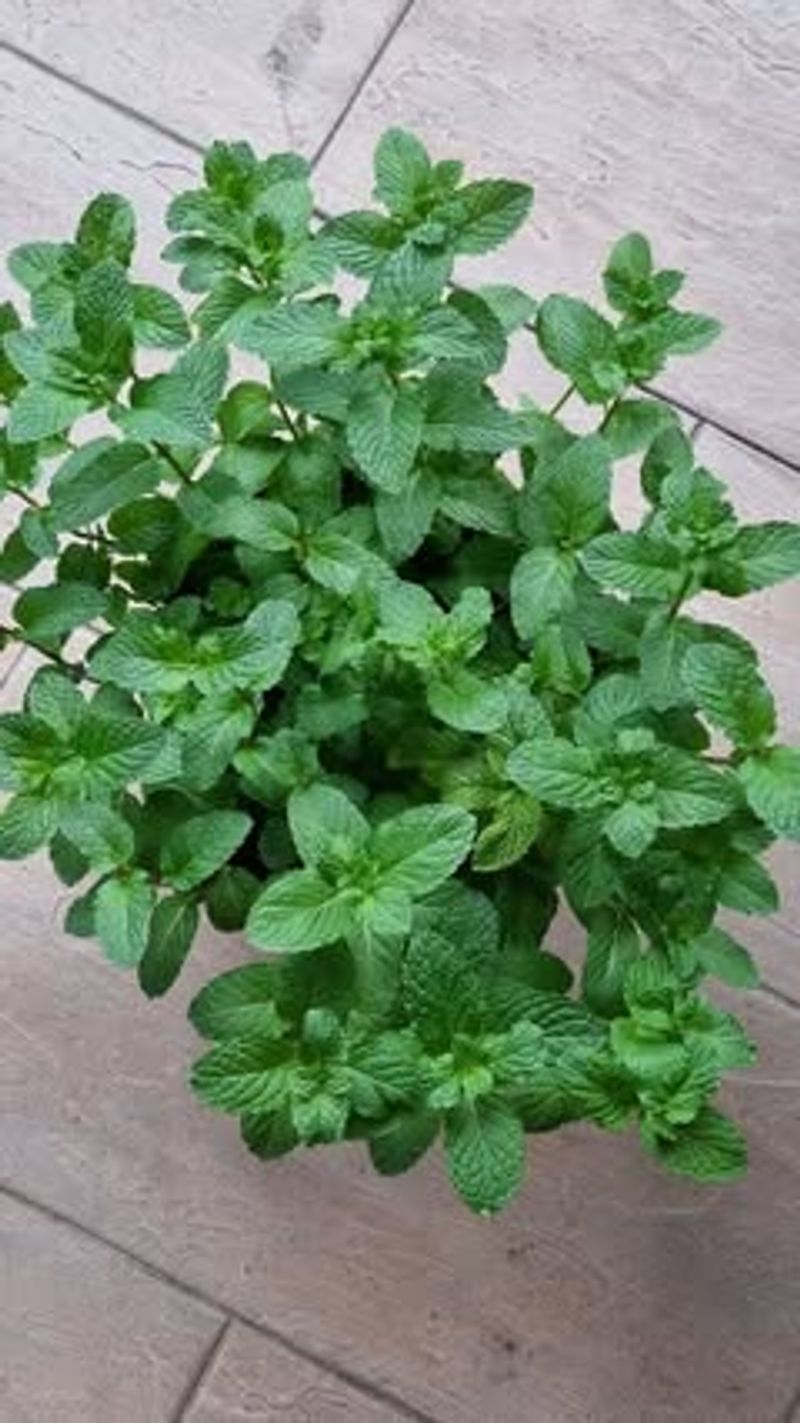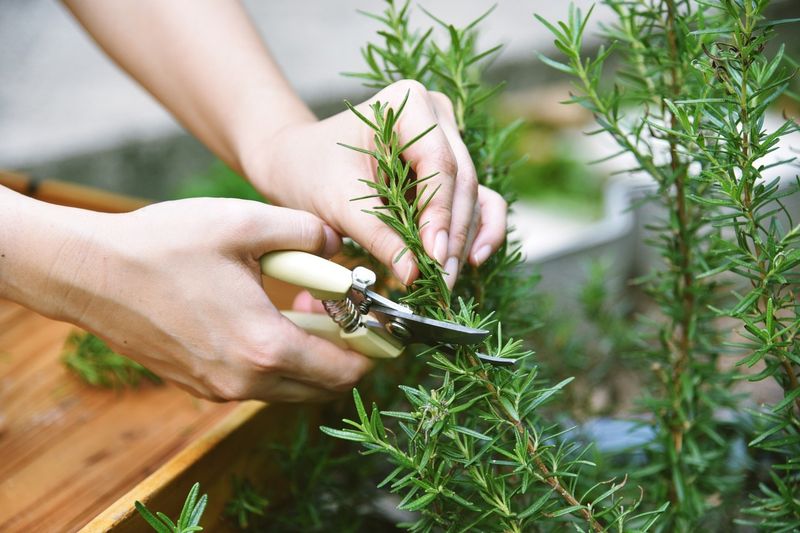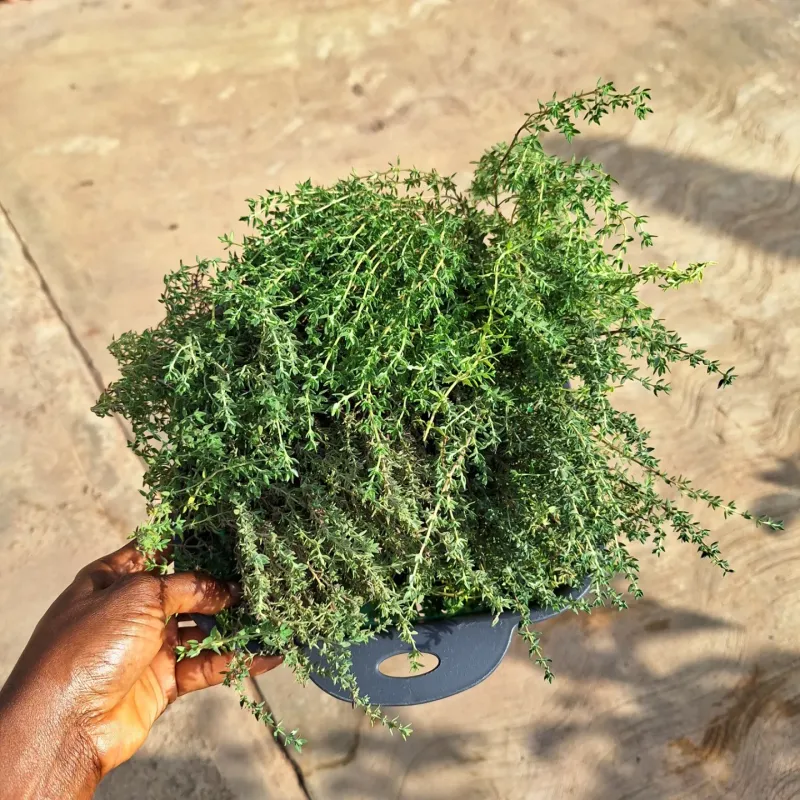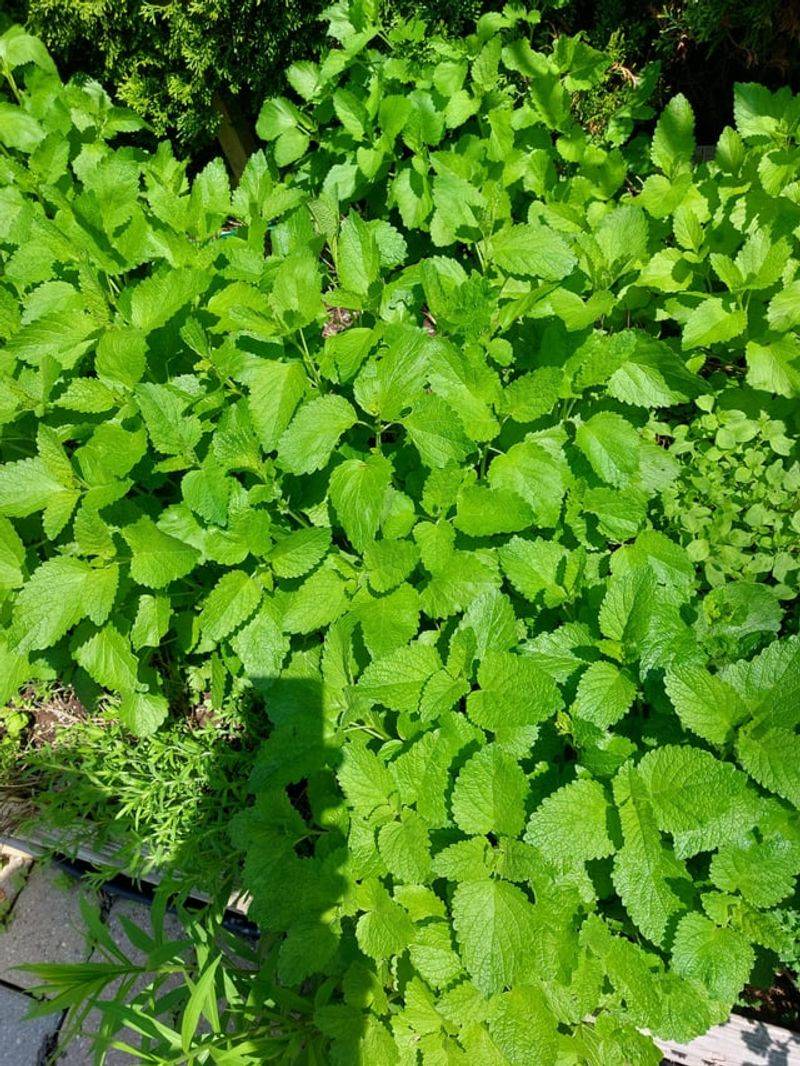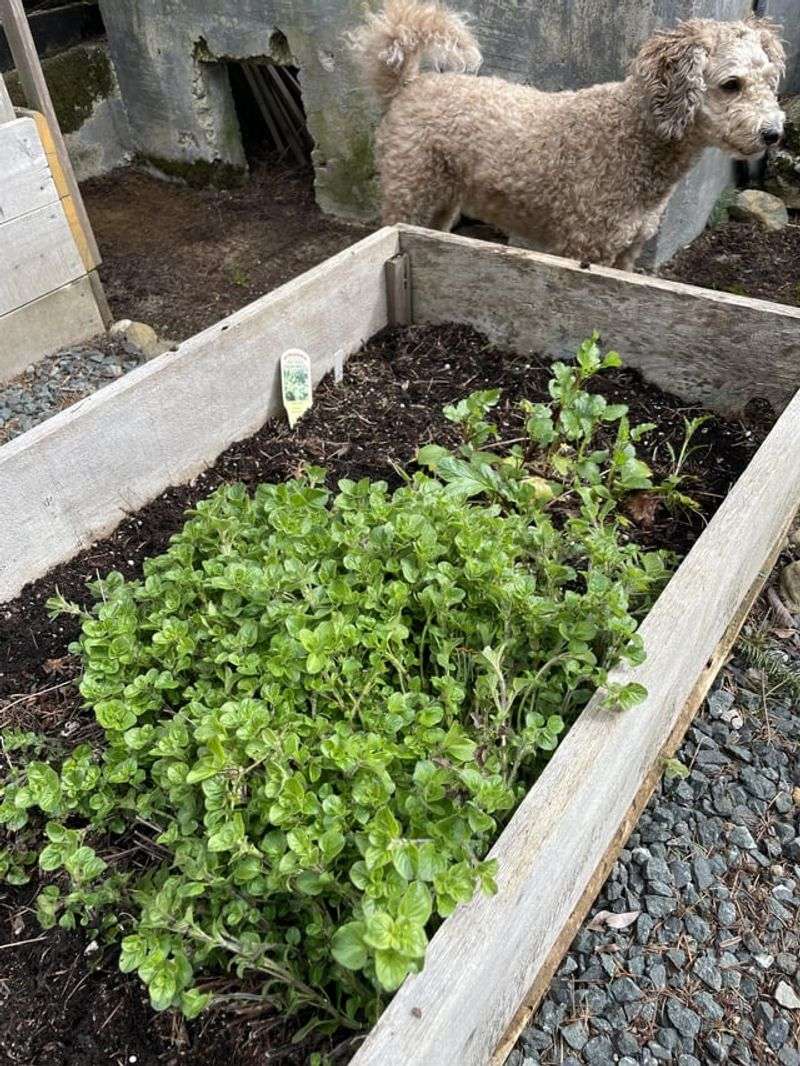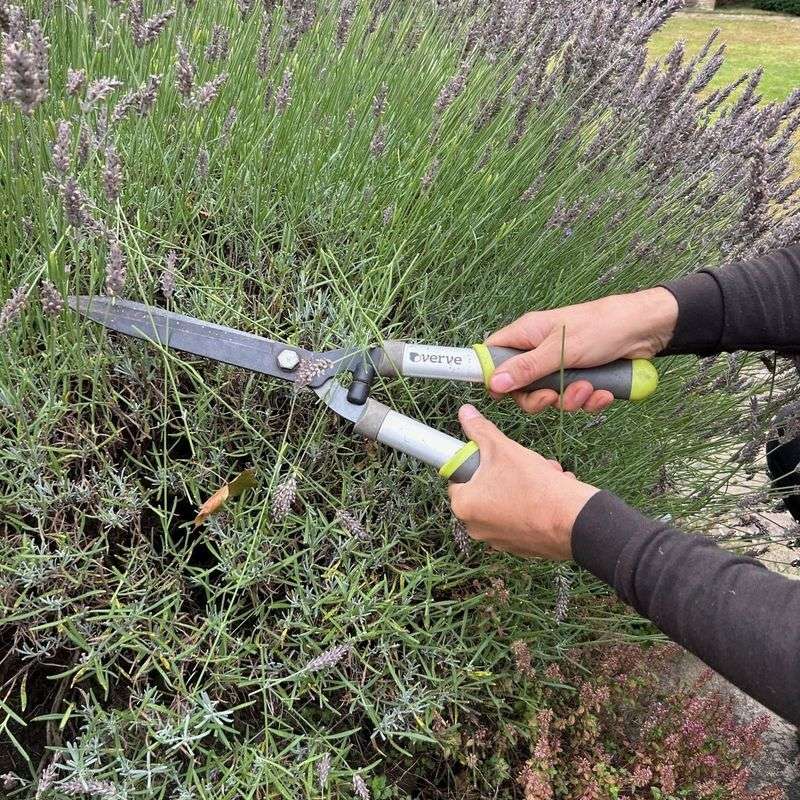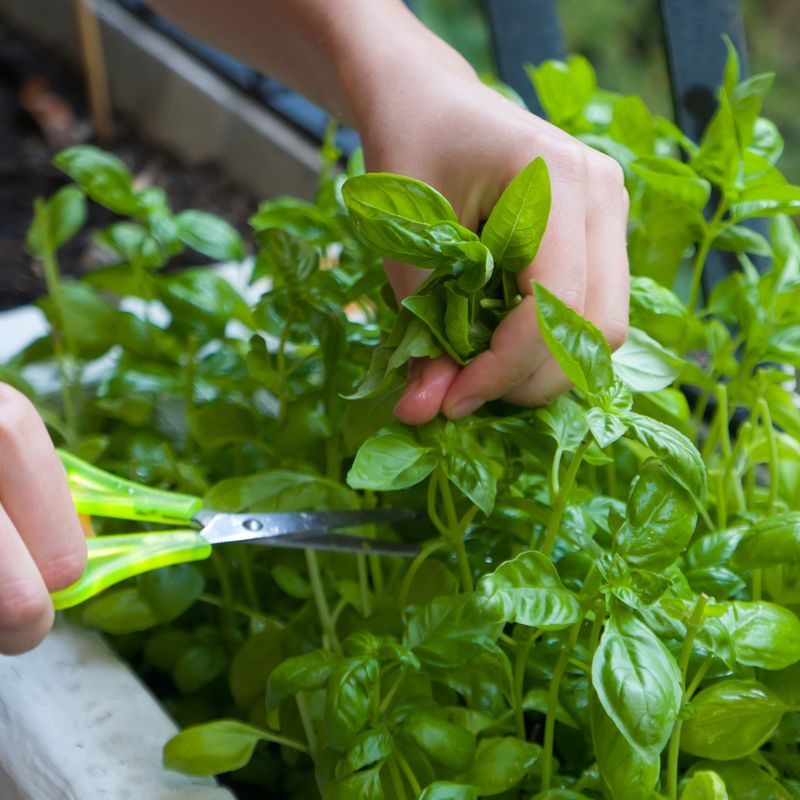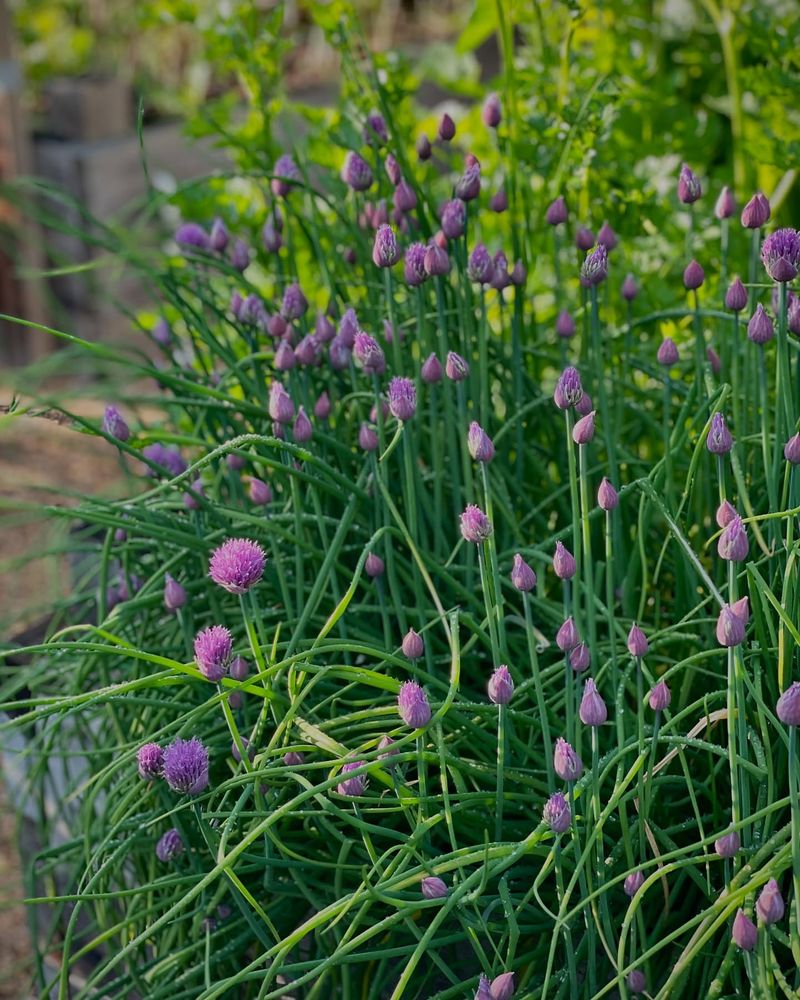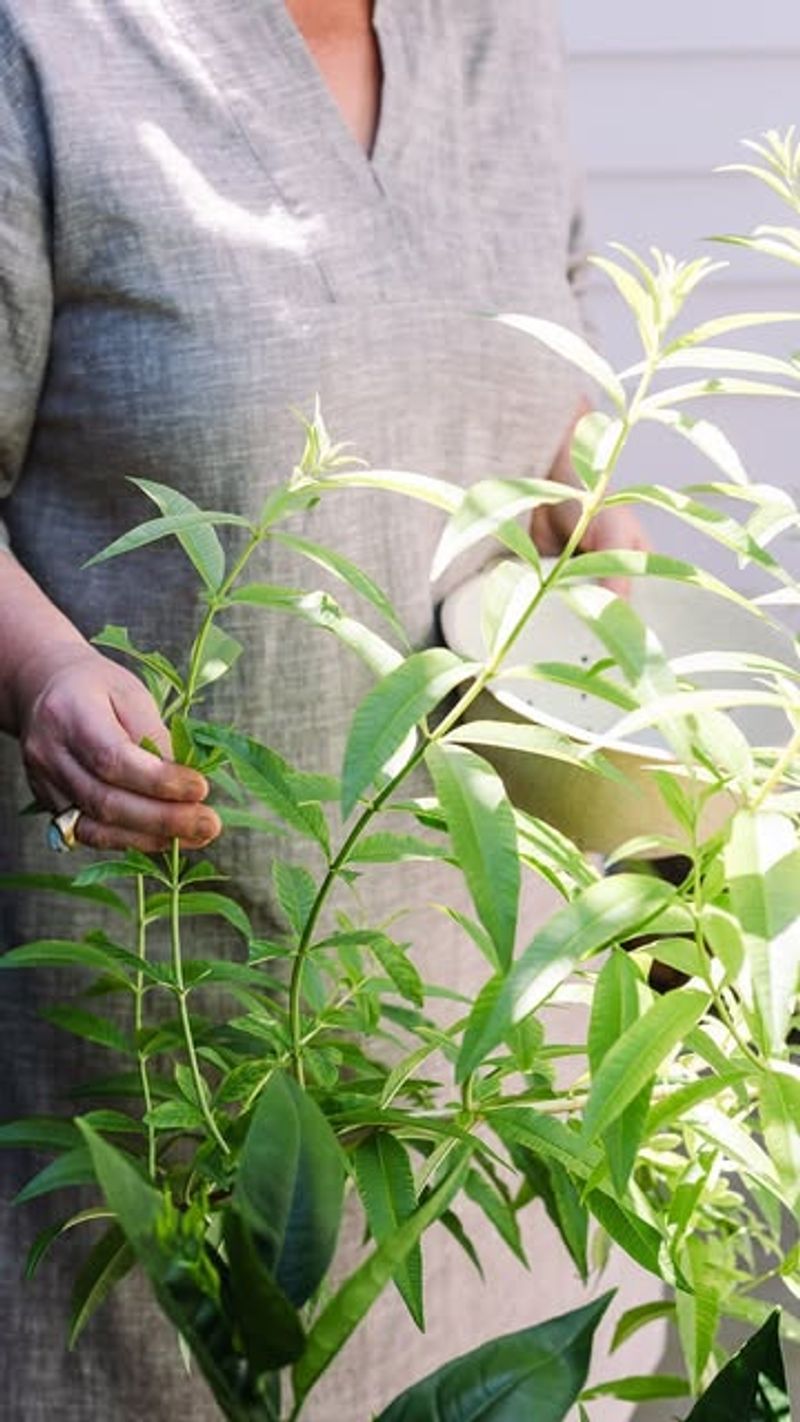Fall pruning is a game-changer for Virginia herb gardens. Our state’s unique climate transition from hot summers to cold winters makes autumn the perfect time to trim back herbs before dormancy.
For me, giving herbs a good haircut in fall has always meant healthier plants and earlier harvests when spring arrives. Let’s look at 10 herbs that Virginia gardeners should always prune before winter sets in.
1. Sage: Prevent Woody Stems For Spring Regrowth
Cutting back sage before Virginia’s winter prevents those woody, sprawling stems that produce fewer leaves. I’ve learned to trim mine back by about a third, focusing on removing any crossing branches.
The plant responds with compact, bushy growth when spring arrives. Old sage plants left unpruned become increasingly woody at the base, eventually producing fewer of those aromatic leaves we treasure in holiday cooking.
Leave a few inches of growth above the soil line rather than cutting to the ground – sage appreciates this gentle approach.
2. Mint: Control Its Aggressive Spread
Fall is your chance to rein in mint’s notorious spreading habit before Virginia’s mild winters encourage underground runners. Cutting stems to about an inch above the soil helps keep this herb in check.
Many Virginia gardeners have watched in horror as mint took over entire garden beds after being left unchecked. The fall pruning ritual gives you a chance to check for escaped runners and dig them out.
Save those fragrant cuttings for drying – they’ll brighten winter teas when you’re dreaming of spring gardens.
3. Rosemary: Shape For Winter Protection
Rosemary needs strategic fall pruning in Virginia’s climate zone where it sometimes struggles through winter. Removing about 20% of growth helps prevent snow and ice damage to lanky branches.
Focus on creating a rounded, compact shape rather than severe cutting. My grandmother taught me to never cut into old wood with rosemary – a lesson I’ve followed faithfully in my Richmond garden.
This Mediterranean native appreciates good air circulation heading into Virginia’s sometimes damp winters, so remove any crossing branches during your pruning session.
4. Thyme: Trim For Renewed Vigor
After summer’s flowering, thyme plants often develop woody, leggy stems that won’t survive Virginia’s winter freeze-thaw cycles. Cutting back by half after the first light frost encourages tight, compact growth.
My thyme always bounces back more vigorously when I’m brave enough to give it a serious haircut in fall. The plant puts energy into root development during winter instead of maintaining those scraggly stems.
Don’t forget to harvest those clippings – fall-pruned thyme has concentrated oils perfect for preserving in herb butter or drying for winter soups.
5. Lemon Balm: Prevent Unwanted Seedlings
Lemon balm becomes a garden bully if left unpruned in fall, scattering thousands of seeds that germinate everywhere come spring. Cutting plants back to ground level after the first frost stops this cycle.
Virginia’s mild autumn gives lemon balm plenty of time to set viable seeds. My Charlottesville garden once became completely overrun after I skipped fall pruning one busy year.
The good news is that severe cutting won’t harm the plant – lemon balm reliably returns from its roots even after the harshest Virginia winters.
6. Oregano: Rejuvenate Tired Plants
After several years, oregano develops a woody center that produces fewer aromatic leaves. Fall pruning rejuvenates these tired plants by forcing fresh growth from the base.
Cut oregano back to about 2 inches above the soil line once Virginia’s temperatures consistently drop below 50°F. The timing is important – pruning too early can stimulate tender growth that won’t survive winter.
My Blue Ridge Mountain garden has the same oregano plants thriving for over a decade, thanks to this annual fall reset that prevents them from becoming woody and unproductive.
7. Lavender: Light Shaping For Winter Survival
Virginia’s humidity challenges lavender even in the best conditions. Fall pruning helps these Mediterranean natives survive our winters by removing weak growth while maintaining the plant’s protective shape.
Unlike other herbs, lavender needs a gentler approach – never cut into woody stems. Instead, trim back about a third of the current year’s growth, maintaining the rounded mound that shields the plant’s crown from moisture.
Skipping this annual maintenance leads to splayed, open centers where winter precipitation collects and rots the plant from within – a common cause of lavender loss in Virginia gardens.
8. Tarragon: Cut Back For Disease Prevention
French tarragon’s susceptibility to fungal issues makes fall pruning essential in Virginia’s humid climate. Cutting stems to ground level after the first frost removes potential disease vectors and encourages healthy spring growth.
The plant naturally dies back with cold weather anyway, but proactive pruning prevents problems from overwintering. My Shenandoah Valley garden suffered repeated tarragon losses until I started this fall maintenance routine.
Add a light mulch of pine needles after pruning for extra protection against Virginia’s freeze-thaw cycles that can heave tarragon’s shallow roots out of the ground.
9. Chives: Remove Flower Heads Before Winter
While chives don’t need extensive pruning, removing spent flower heads prevents thousands of seeds from spreading throughout your Virginia garden. A quick cut 2-3 inches from soil level reinvigorates tired clumps.
Fall is also the perfect time to divide overcrowded chive plants – something needed every 3-4 years in our fertile Virginia soil.
The divisions establish quickly before winter dormancy and produce better harvests next year. My Williamsburg garden benefits from this minimal maintenance that keeps chives vigorous without the extensive care other herbs demand.
10. Lemon Verbena: Hard Prune Before Frost
Lemon verbena requires the most dramatic fall pruning of any herb in Virginia gardens. This tender perennial benefits from cutting back to 8-10 inches before bringing containers indoors or mulching heavily in protected spots.
The woody stems won’t survive our winters anyway, so there’s no benefit to leaving the plant unpruned. My Tidewater garden’s verbena grows over six feet tall each summer, then gets this severe autumn reset.
Save those aromatic cuttings for tea or potpourri – they’re too precious to waste and will remind you of summer during Virginia’s gray winter days.

